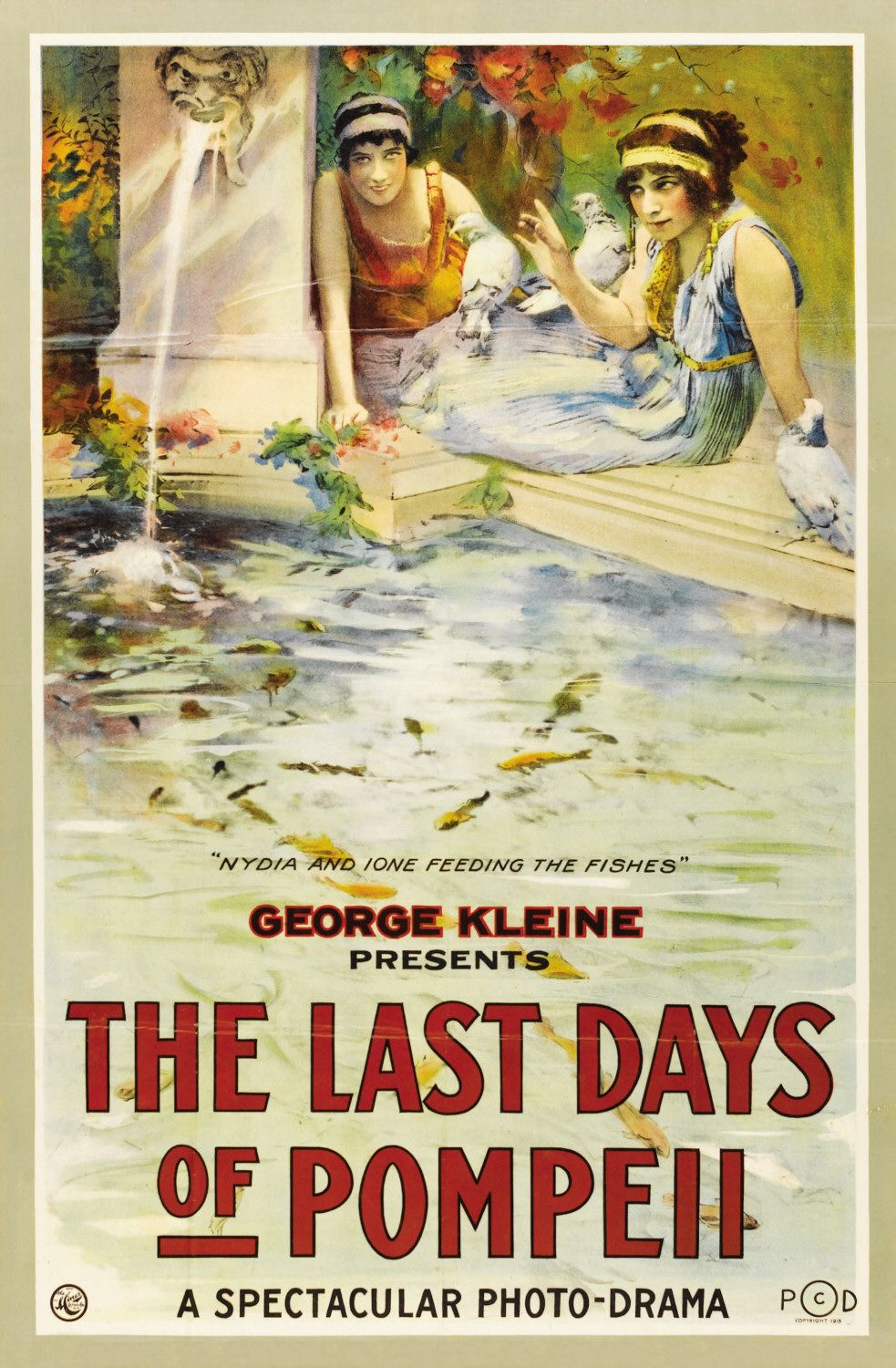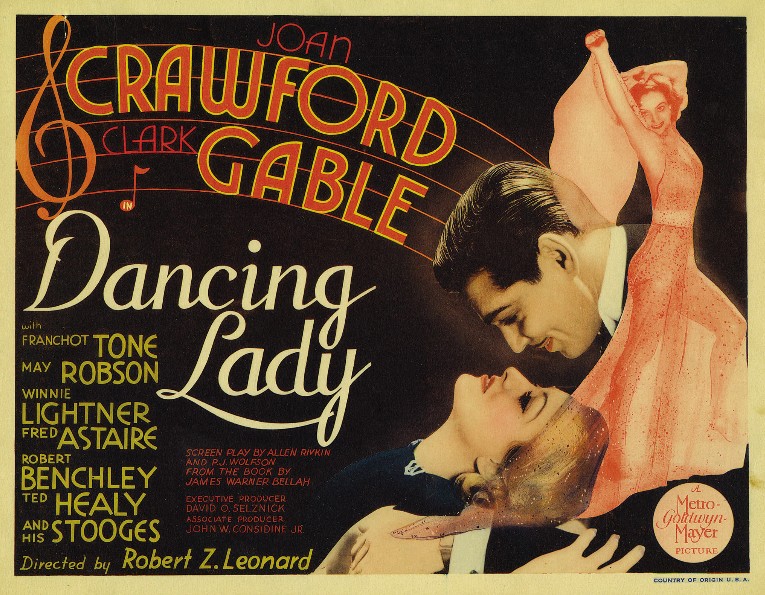194. Algiers

Though "Algiers" is not so well-remembered today, it's not hard to see why it was quite popular in its time. It's a good atmospheric drama that makes you feel as if you were part of the story, and it also has a good cast and interesting characters. The story is told well, and most of the time it moves at a good pace.
The atmosphere of the 'Casbah' is set up nicely from the beginning. The opening scene, as the police discuss how they might catch the notorious Pepe Le Moko, is very efficient in describing the city and its peculiarities, and it is a good prologue to the story that follows. As it progresses, there are a lot of interesting details with some good photography that bring everything to life. Boyer and Lamarr are pretty good as the leads, although the supporting cast and characters are least as important to making everything work. It has several fine character actors such as Gene Lockhart, Alan Hale, Joseph Calleia, and Paul Harvey, who all play interesting roles.
Aside from a couple of slow spots and perhaps a few minor signs of age, this is an entertaining drama that is well worth tracking down for anyone who enjoys classic cinema.

Though "Algiers" is not so well-remembered today, it's not hard to see why it was quite popular in its time. It's a good atmospheric drama that makes you feel as if you were part of the story, and it also has a good cast and interesting characters. The story is told well, and most of the time it moves at a good pace.
The atmosphere of the 'Casbah' is set up nicely from the beginning. The opening scene, as the police discuss how they might catch the notorious Pepe Le Moko, is very efficient in describing the city and its peculiarities, and it is a good prologue to the story that follows. As it progresses, there are a lot of interesting details with some good photography that bring everything to life. Boyer and Lamarr are pretty good as the leads, although the supporting cast and characters are least as important to making everything work. It has several fine character actors such as Gene Lockhart, Alan Hale, Joseph Calleia, and Paul Harvey, who all play interesting roles.
Aside from a couple of slow spots and perhaps a few minor signs of age, this is an entertaining drama that is well worth tracking down for anyone who enjoys classic cinema.








_poster.jpg)




